Pumpkin – crown & grey
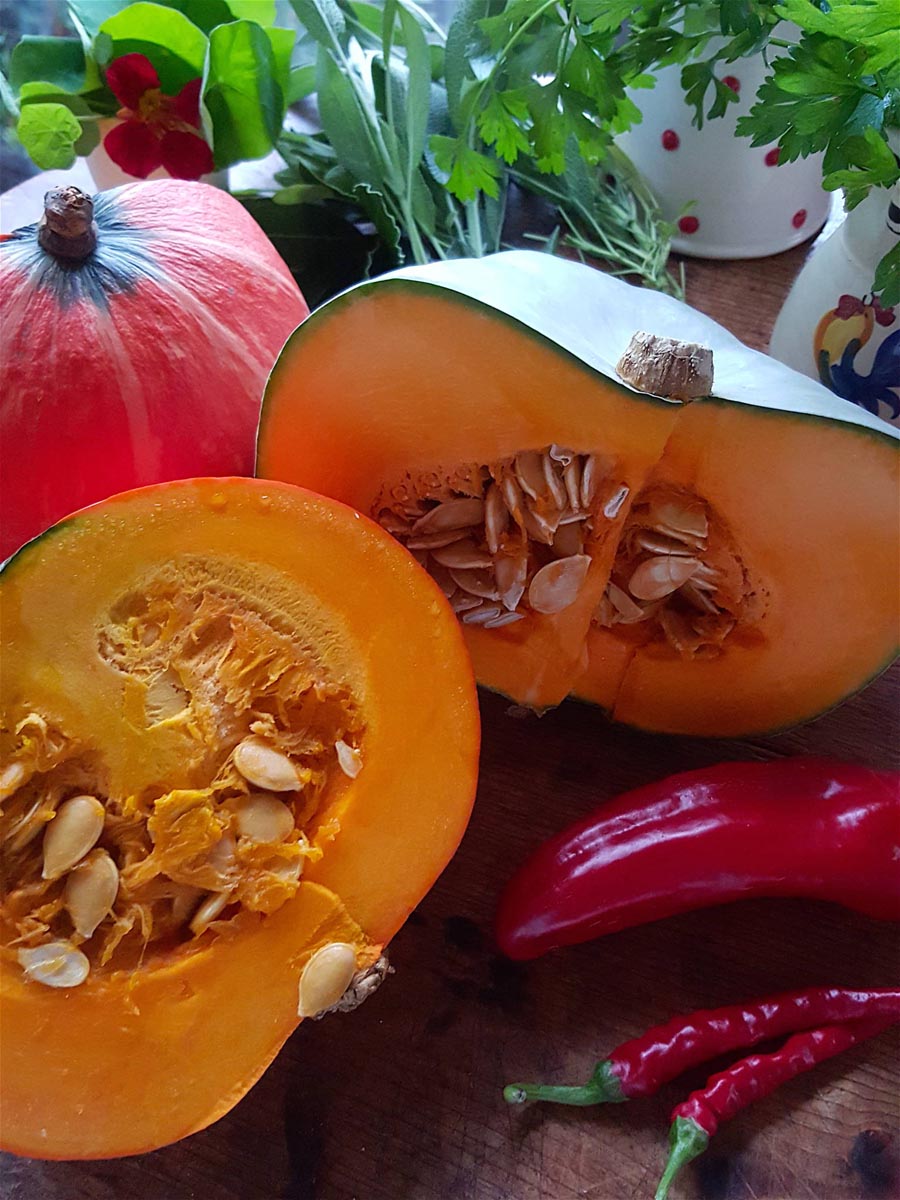
Glorious pumpkins … but which one to use for which job?

Glorious pumpkins … but which one to use for which job?
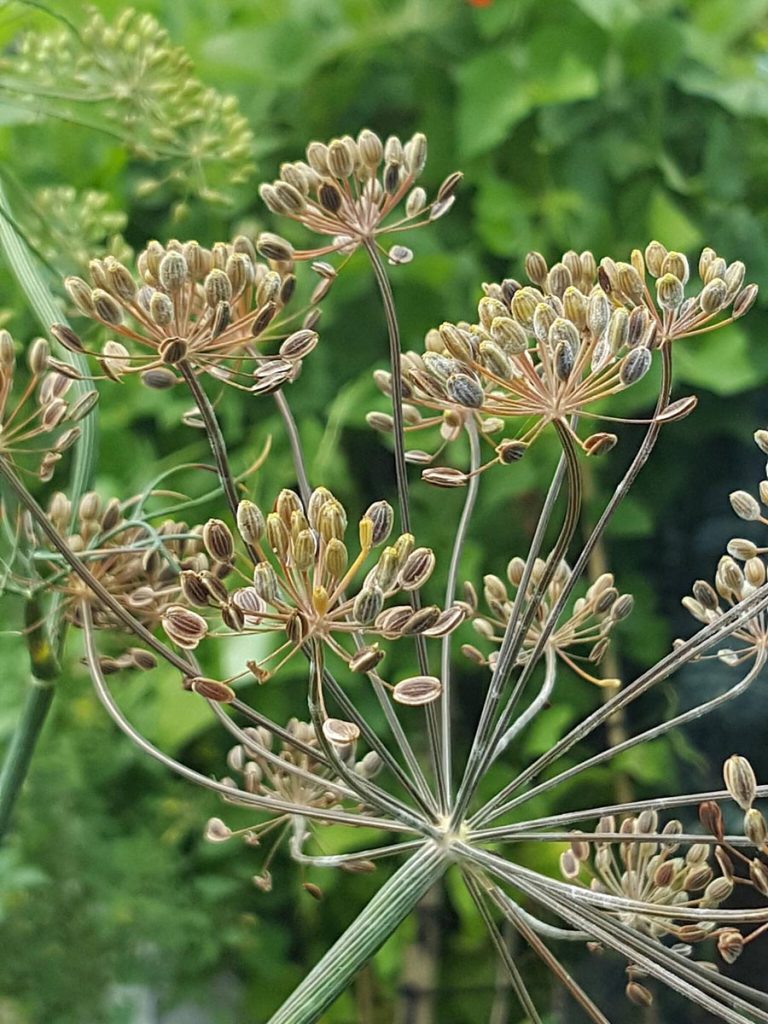
Letting a dill plant go to flower reaps rewards.
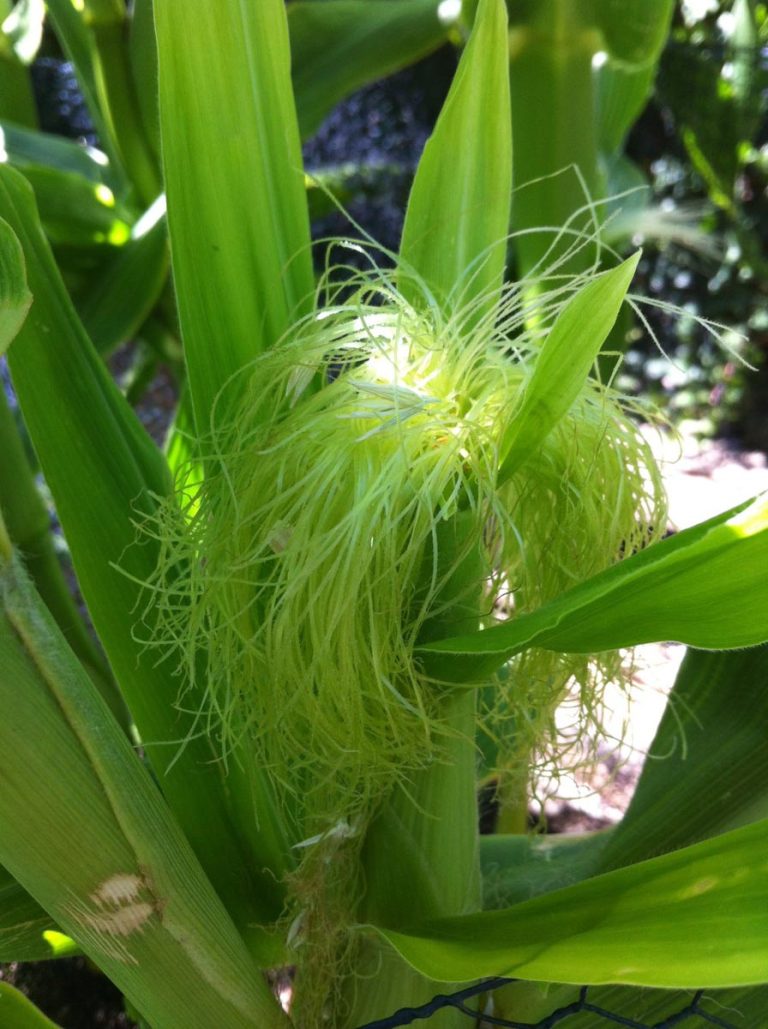
Sweet corn is at its sweetest when just picked.
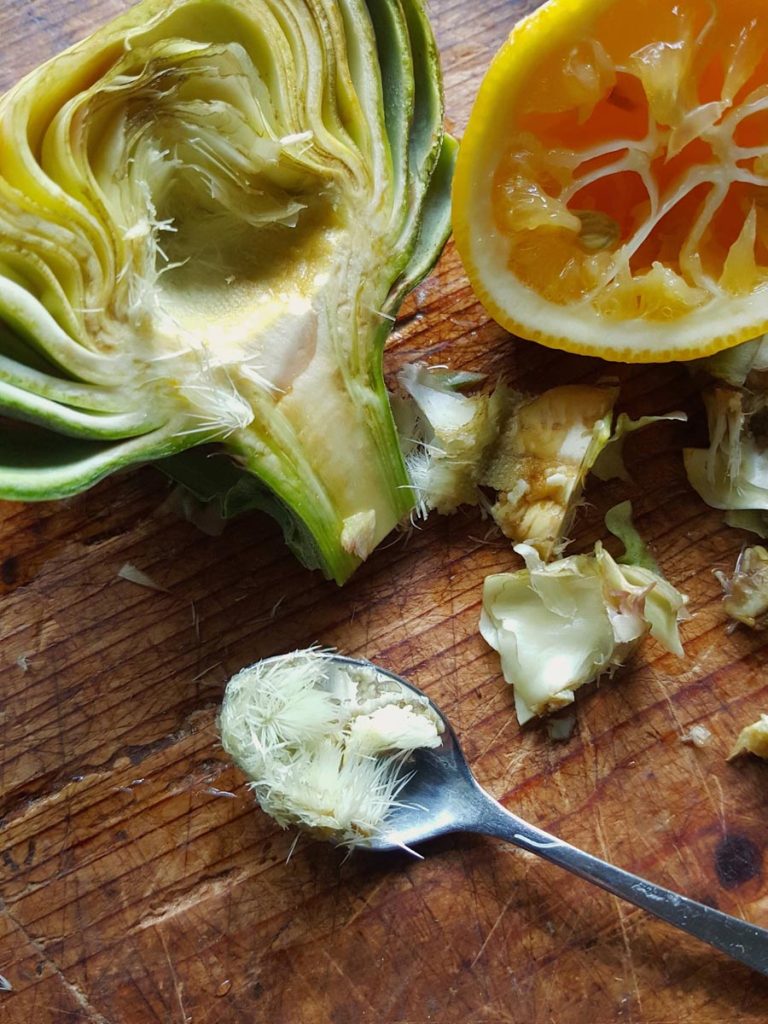
It’s primal … it’s messy … but the rewards are worth it.
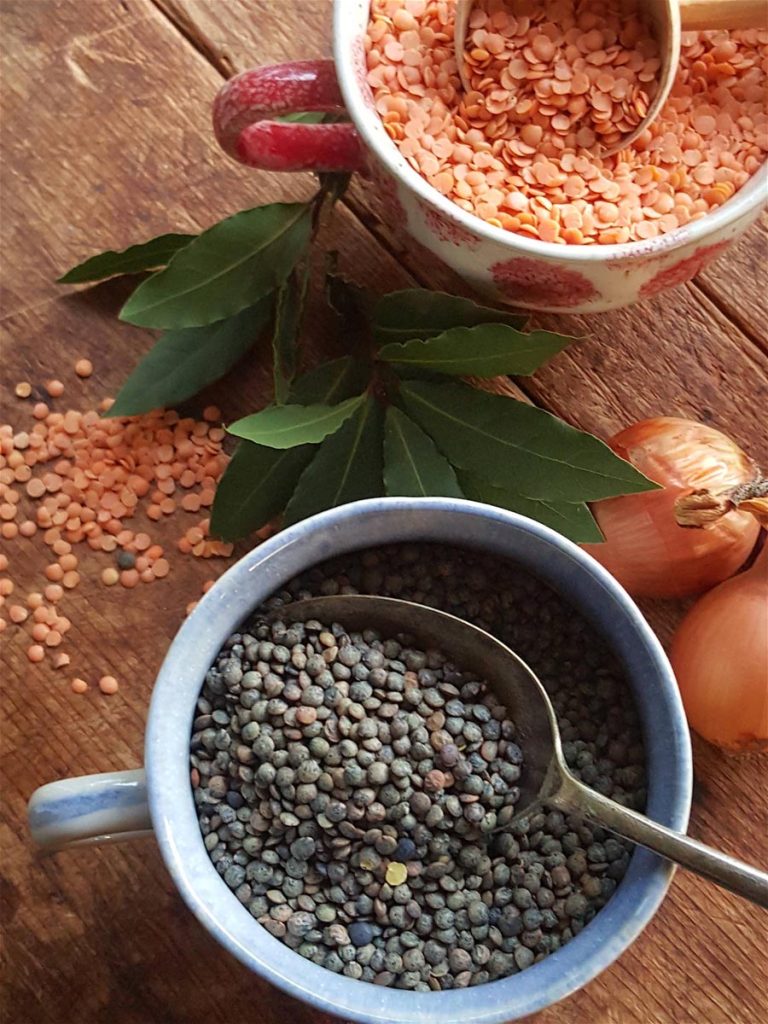
Use seasonal vegetables to help the budget.
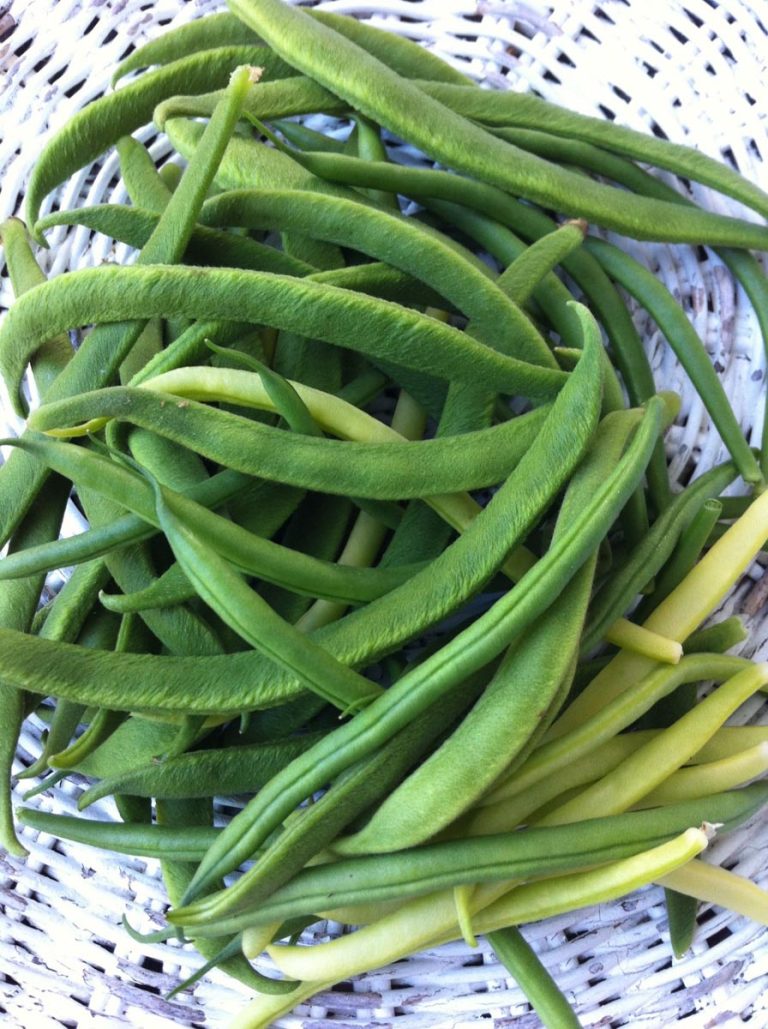
Beware of out of season beans sold in tinted plastic bags – it’s a scam to enhance their green colour.

Russian tarragon is all puffery and little substance – you want taste, not masses of greenery.
No products in the basket.
Welcome to the new Shared Kitchen experience! If you encounter any issues, please let us know. Dismiss